The Rondolino Residence in Nevada is a prototype for a modular pre-fab home
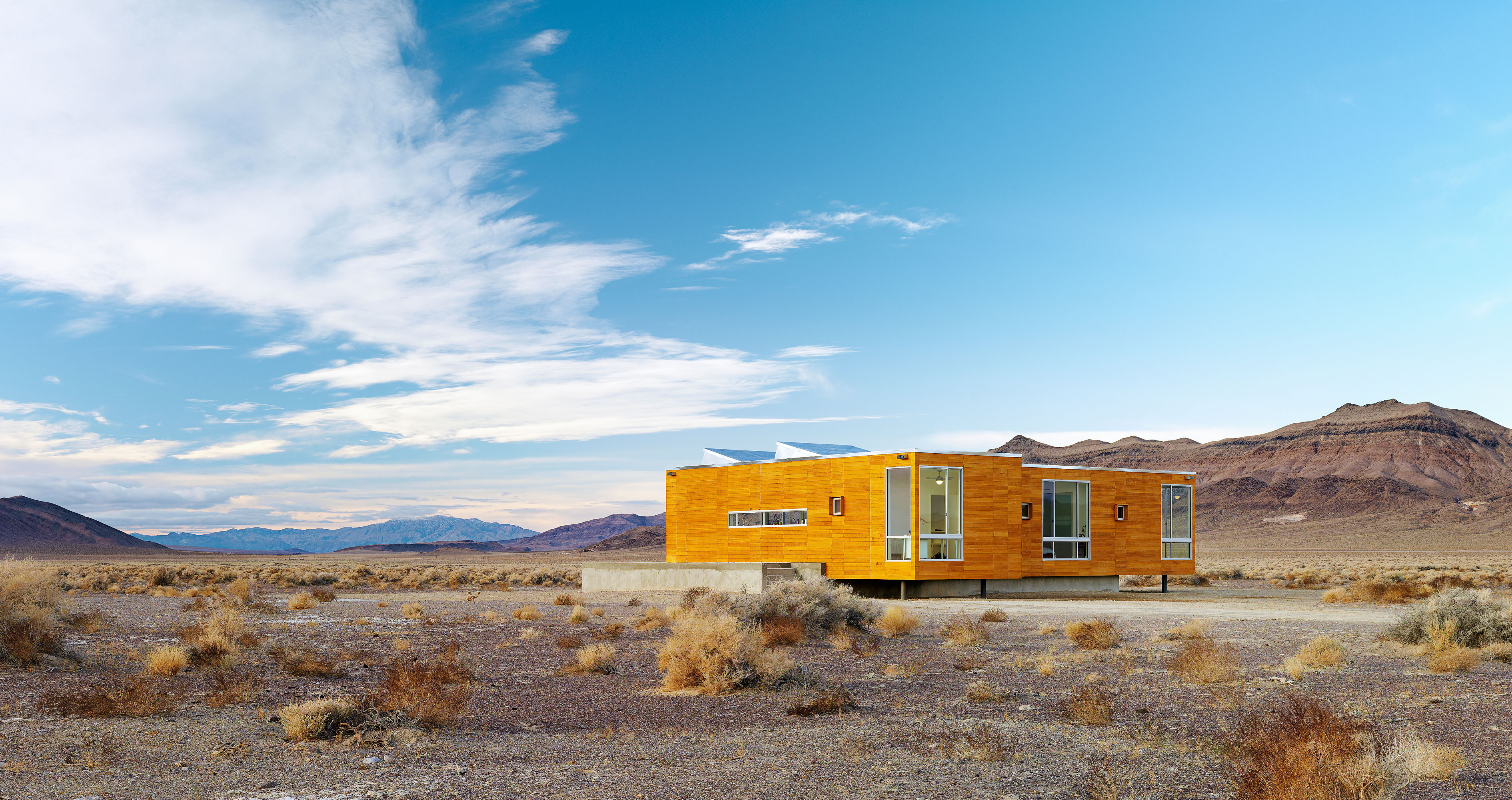
Pre-fab continues to push all the right buttons for the consumer-minded architectural connoisseur. The big setback of bespoke modernism – its hefty price tag – has never been overcome, however, despite the Modern Movement's relentless extolling of the virtues of industrial production. Up until now, genuine pre-fab modern has been pretty thin on the ground, quite literally, as prototypes come and go. But the hunger remains, so with each innovation it seems as though the original dream edges ever closer.
Like many modular homes before it, the Rondolino Residence is a prototype. Developed by Peter Strzebniok and Kelly Ishida Sloan of San Francisco based Nottoscale architects, it began life as the T-modulome, first mooted back in 2002.
In the eight years since we last listened in on its story, Sloan and Strzebniok have honed the design, partly as a result of getting their first major client – Italian writer Fabrizio Rondolino – who owns a plot in Nevada, not far from Death Valley. Barren and bleak, and only accessible across the rough desert scrub, its prospects didn't appear great. As Strzebniok notes, the nearest neighbour is a brothel some seven miles away.
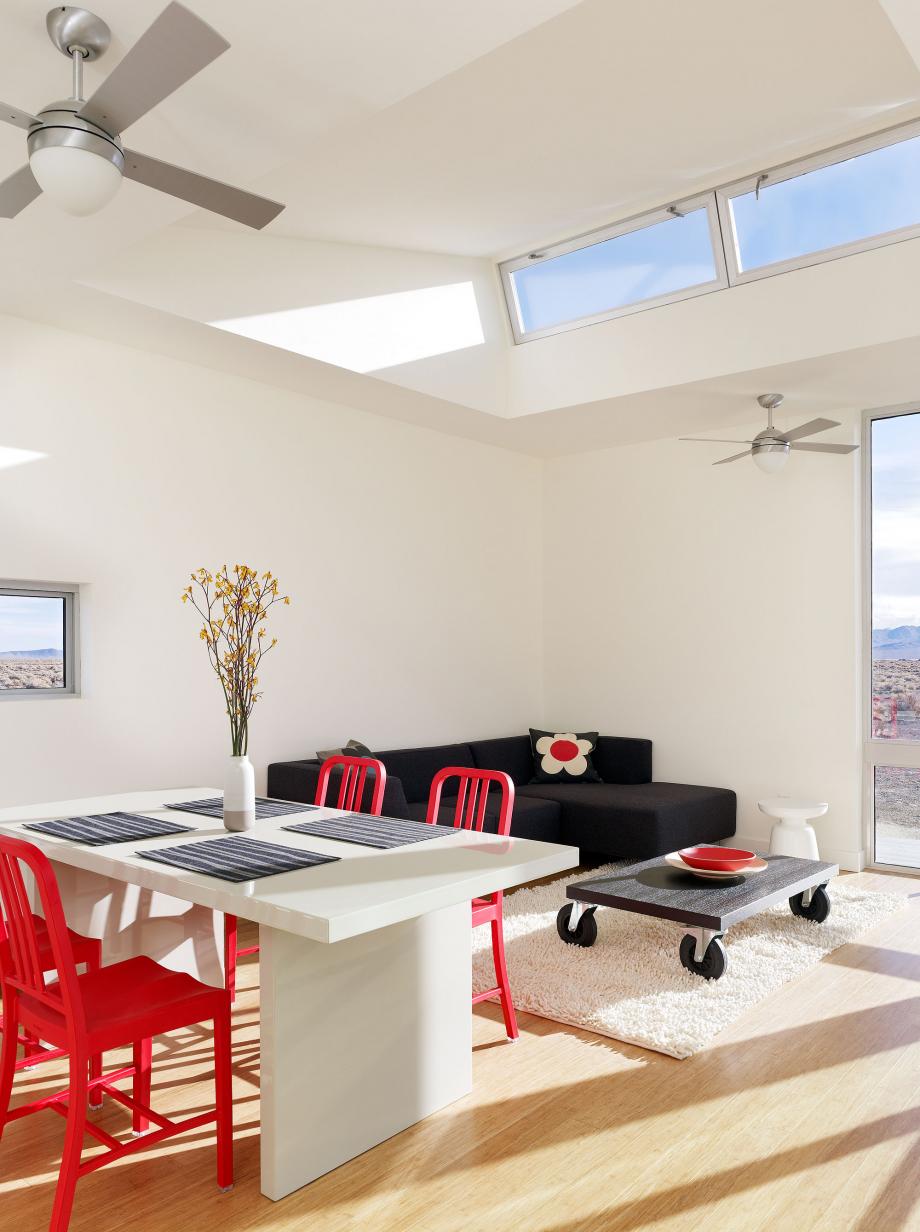
The crossbar of the T houses the living space, kitchen and study, while the long module contains three bedrooms
Enter the modulome. Everything – water supply, septic system, electrical infrastructure – had to be created from scratch before the two bespoke modules that make up the Rondolino Residence were put in place atop their concrete plinth. Raised up above the scrub, the house has stunning views across this completely empty landscape.
Planned in a 'T' shape, using two standard modules, the three-bedroom house sits atop a large deck, complete with hot tub. The crossbar of the T houses the living space, kitchen and study, while the long module contains three bedrooms. The simplicity of the modulome concept translated admirably to the desert context, with floor to ceiling windows carefully arranged to frame the best views. And for a high desert home with only occasional use, the Residence is necessarily light on services – with no air con, for example.
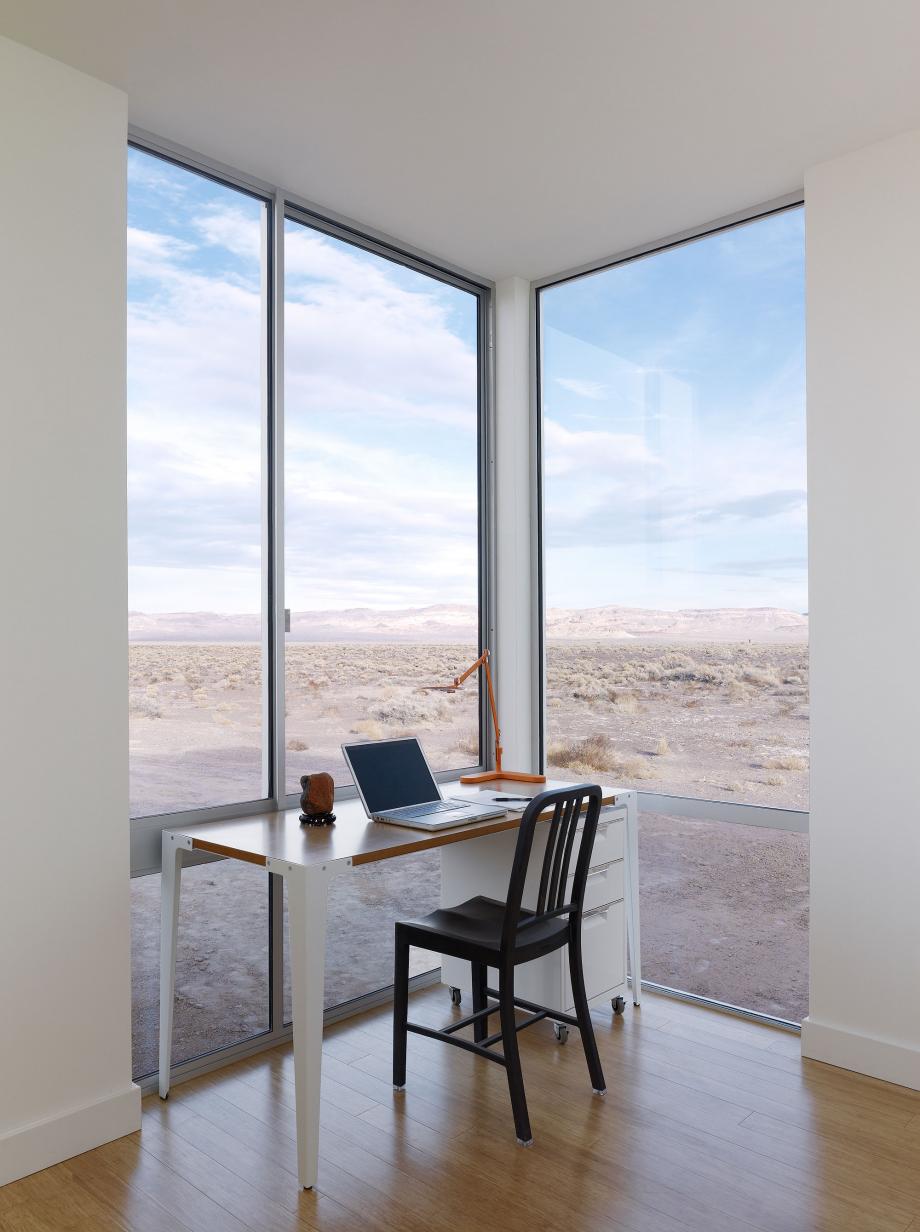
A study with a view at the Rondolino Residence in Nevada
Remarkably, although perhaps appropriately given the pre-fab's off-the-shelf underpinnings, the design and construction was a rather detached process. Rondolino found the studio via the web and all contact, from start to finish, was conducted via email. The writer and his wife are aficionados of the American desert, but having bought the plot, they were content to let Strzebniok design, plan and even furnish the house himself; he even went so far as to equip the kitchen and make up the beds for the clients' first visit.
‘We are amazed about the trust that the client has placed in us without ever meeting us nor speaking to us, which is why we did everything within our power to not disappoint him,’ says Strzebniok.
Pre-fab undoubtedly helped push this virtual way of working forward, but that kind of client trust is rare. Nevertheless, the German-born architect is keen to broaden his horizons. The next T-modulome might not grace such a spectacular site, but here's hoping its progress is just as smooth.
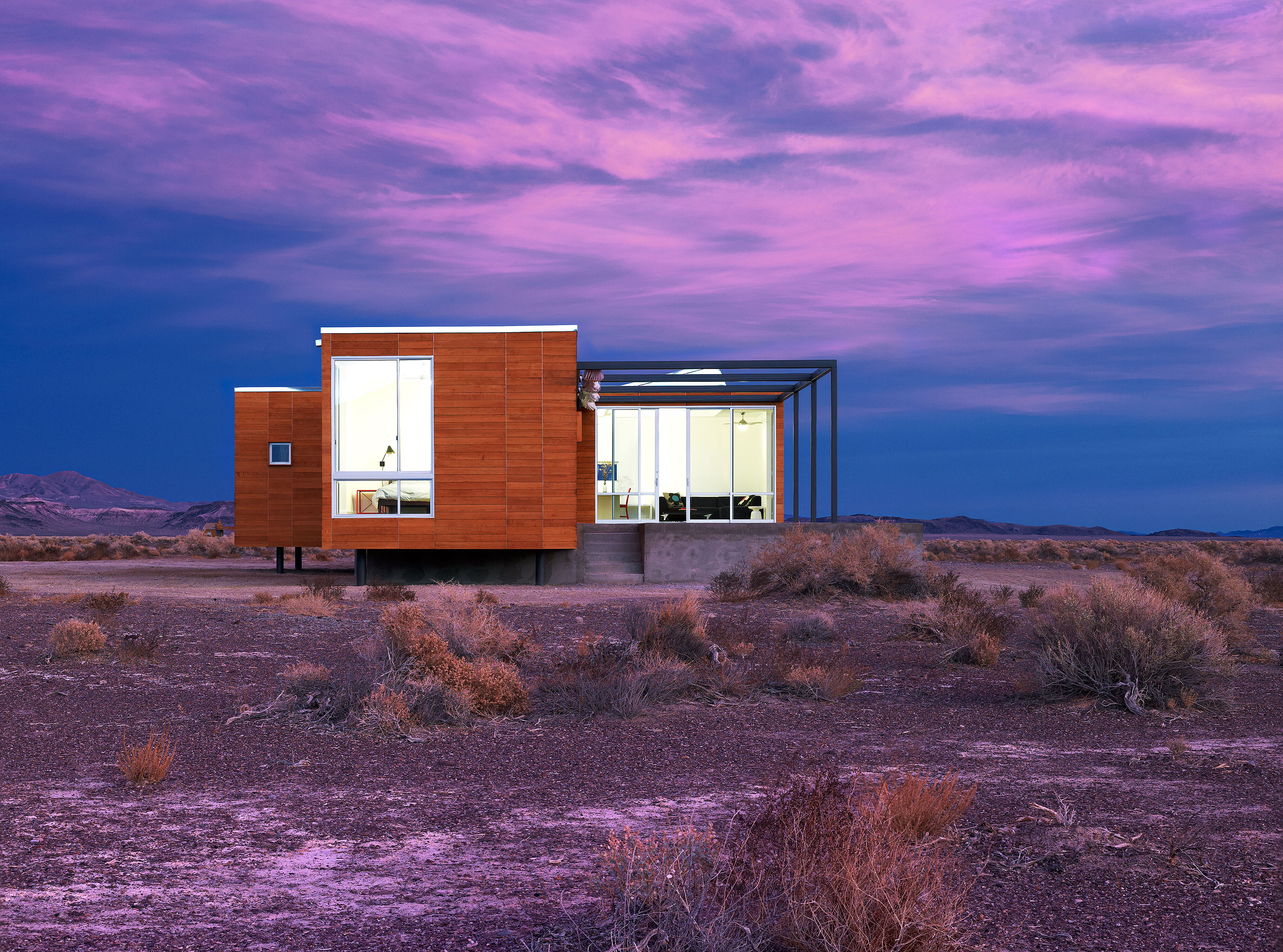
The design and construction of the house was a rather detached process. Rondolino found the studio via the web and all contact, from start to finish, was conducted via email
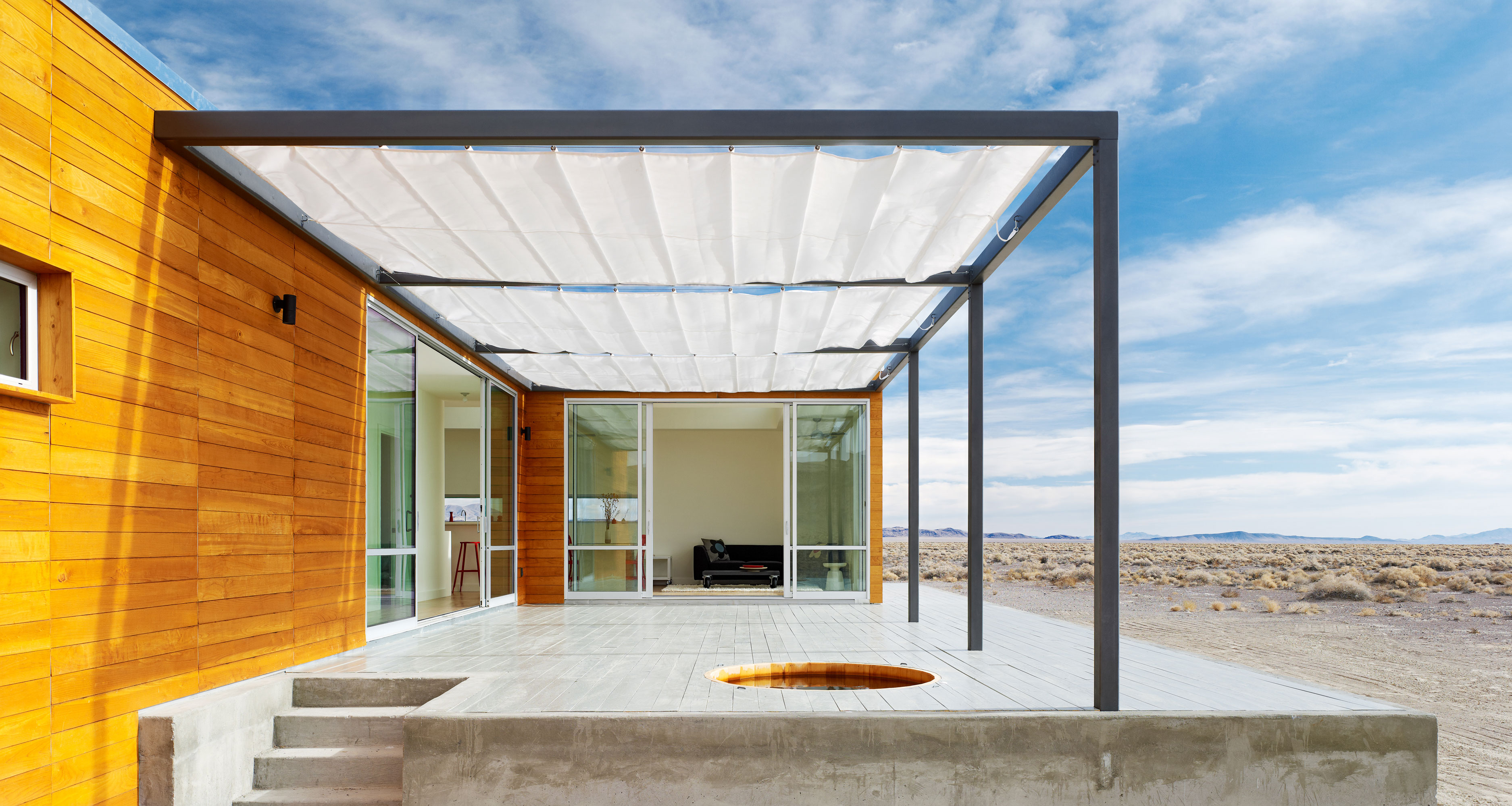
Planned in a 'T' shape, using two standard modules, the three-bedroom house sits atop a large deck, complete with hot tub
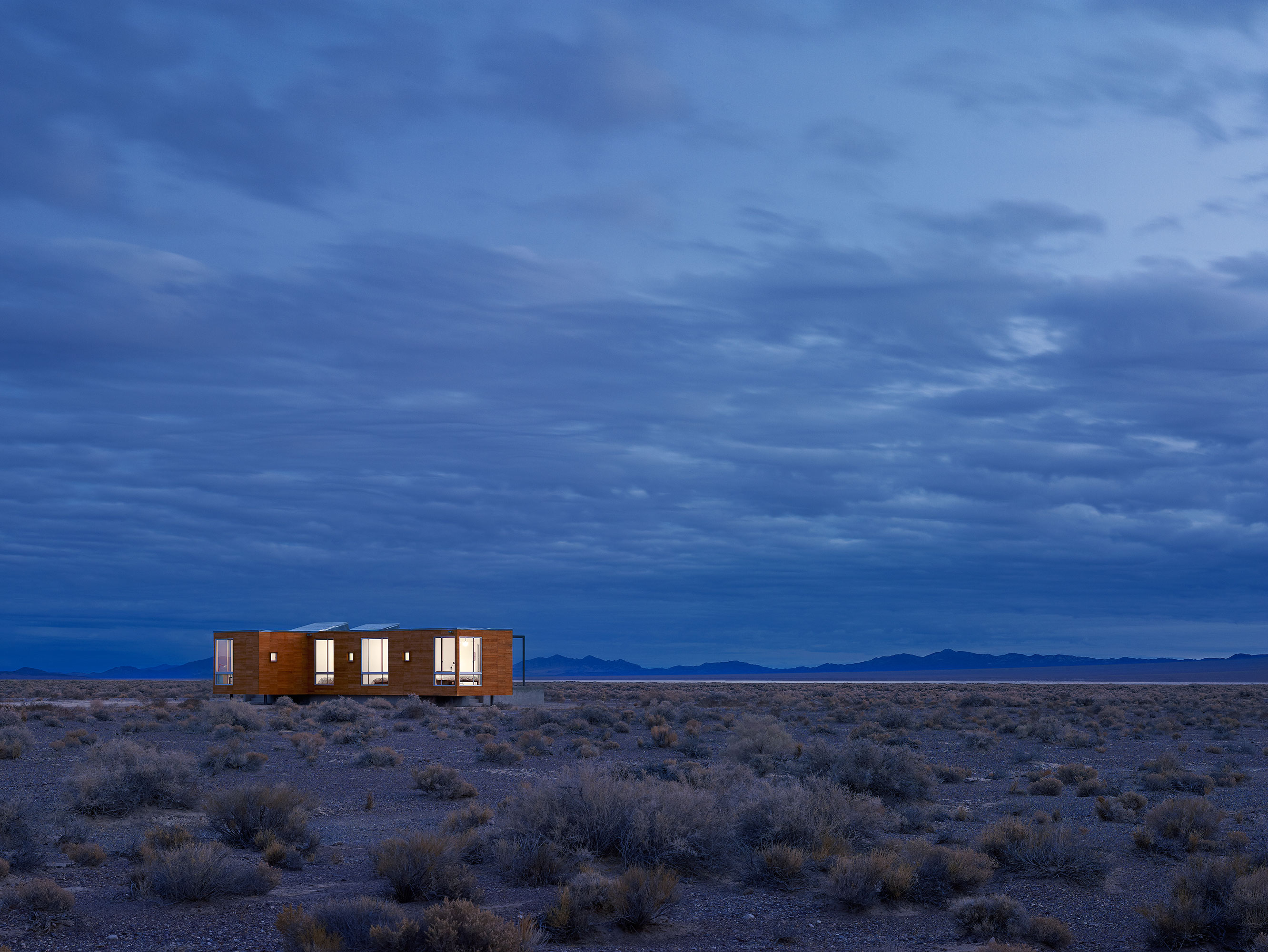
'We are amazed about the trust that the client has placed in us without ever meeting us nor speaking to us,' says Strzebniok, 'which is why we did everything within our power to not disappoint him'
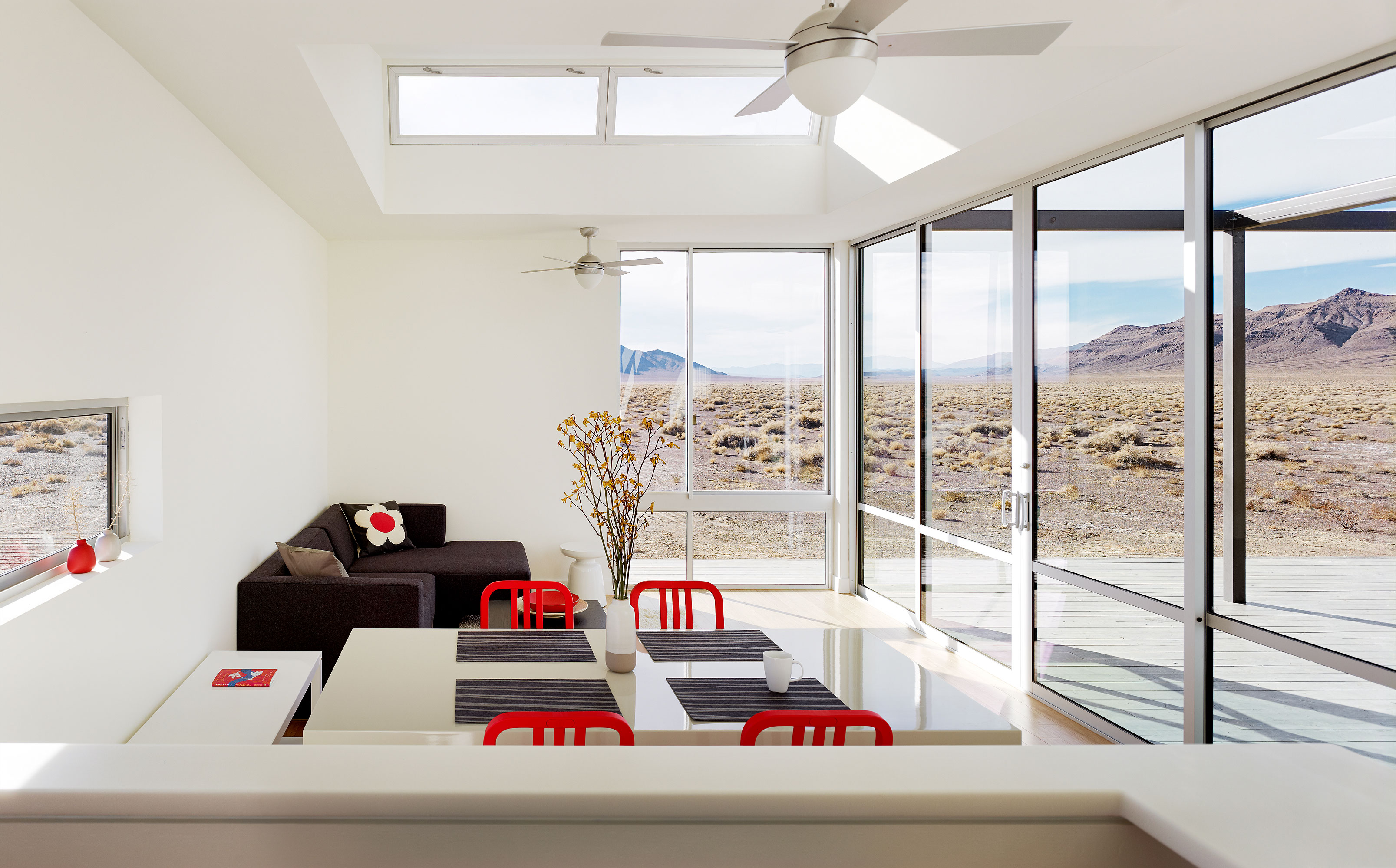
The simplicity of the modulome concept translated admirably to the desert context, with floor to ceiling windows carefully arranged to frame the best views
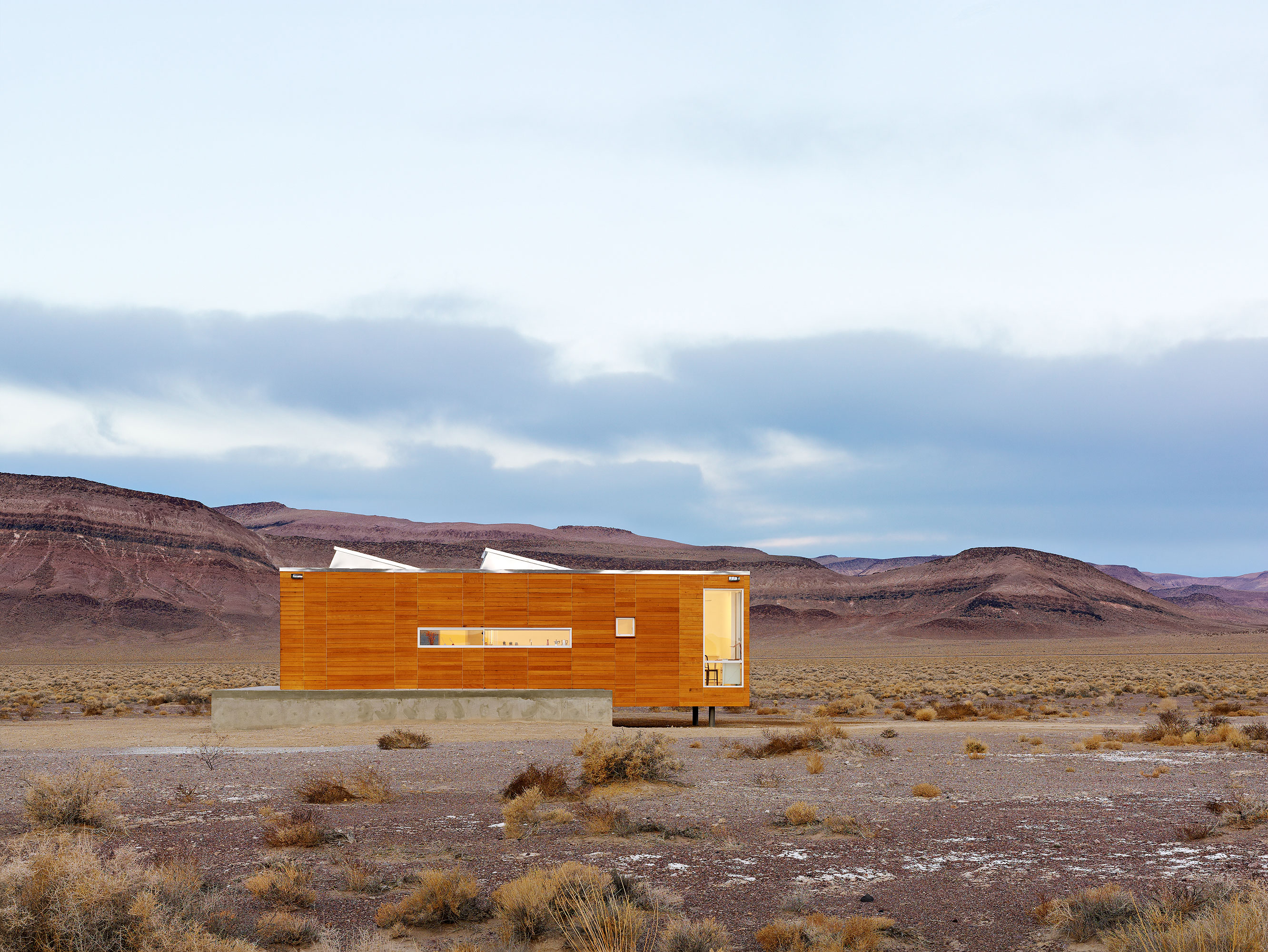
In the eight years since we last listened in on its story, Sloan and Strzebniok have honed its design, partly as a result of getting their first major client - Italian writer Fabrizio Rondolino - who owns this bleak, barren and fairly inaccessible plot in Nevada, not far from Death Valley
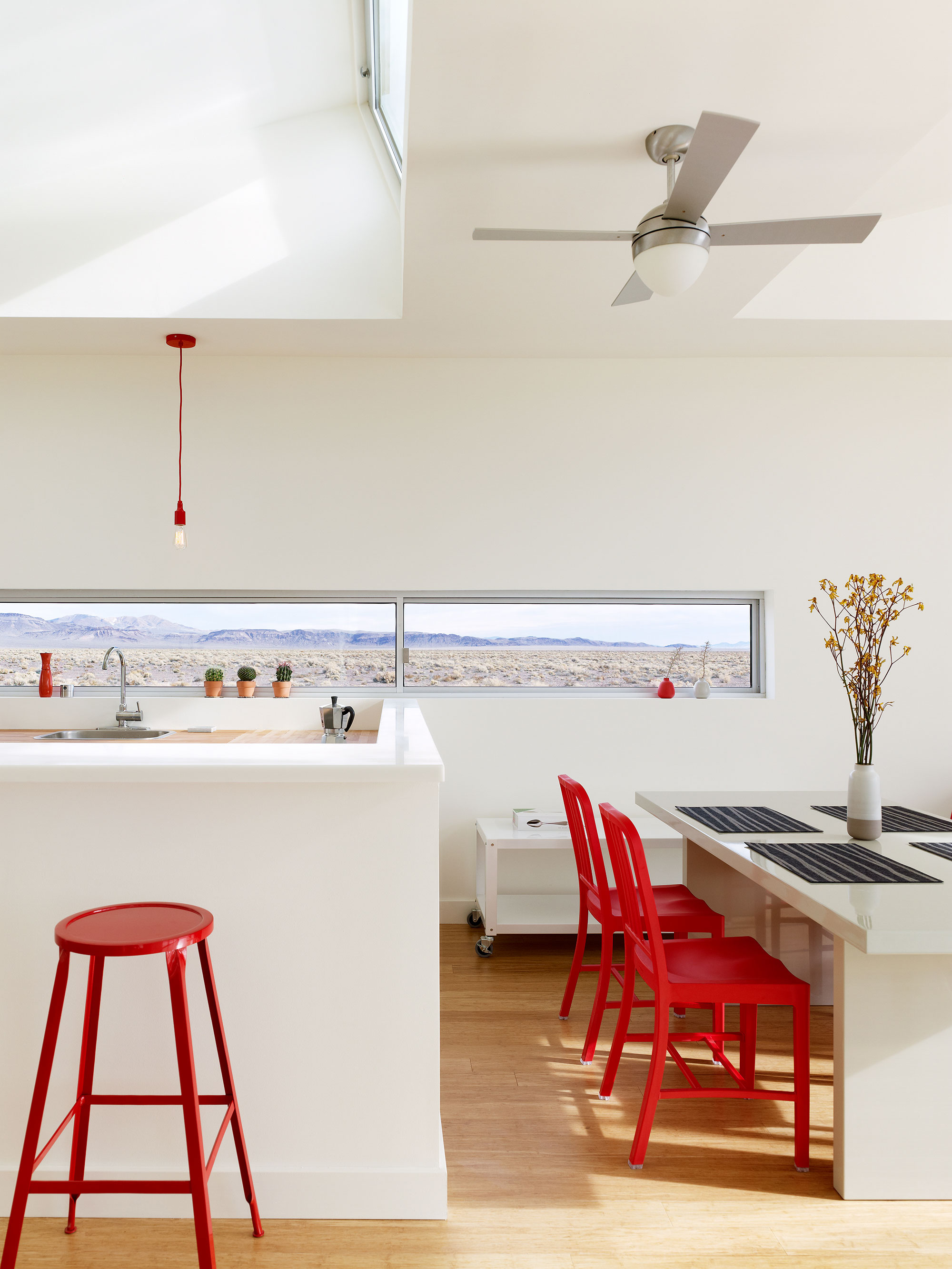
The Italian writer and his wife are aficionados of the American desert, but having bought the plot they were content to let Strzebniok design, plan and even furnish the house himself; he even went so far as to equip the kitchen and make up the beds for the clients' first visit
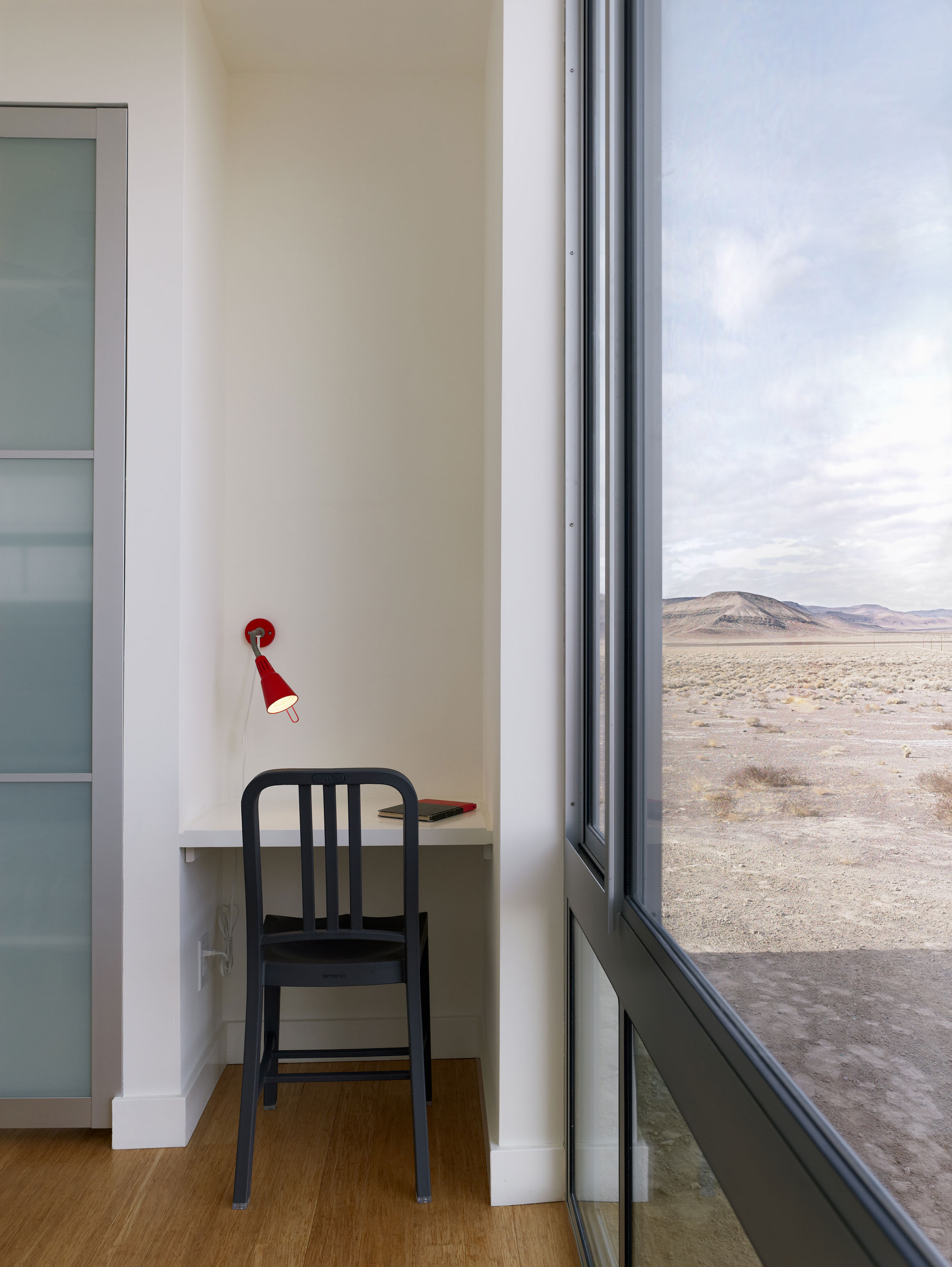
For a high desert home with only occasional use, the Residence is necessarily light on services – with no air con, for example
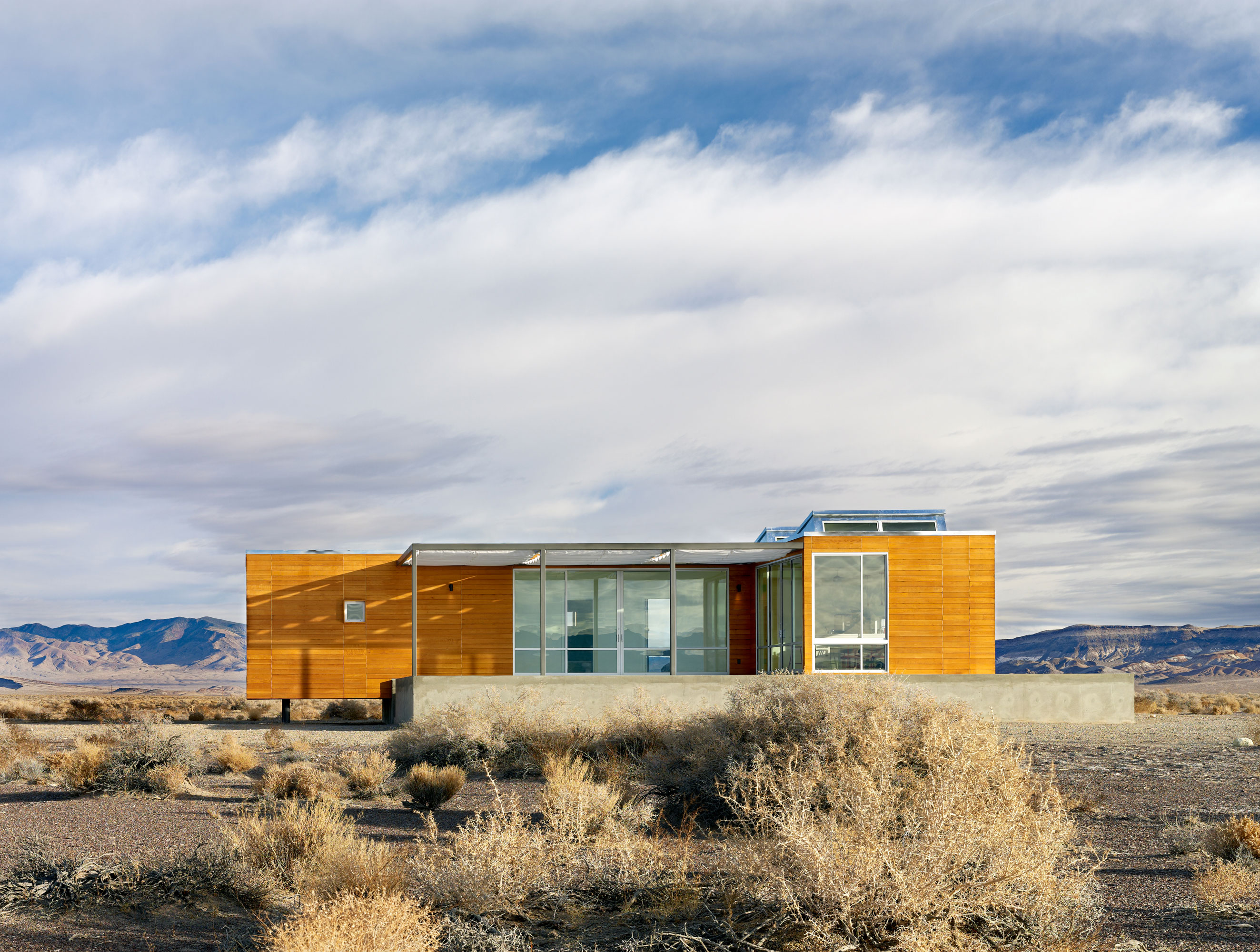
Everything – water supply, septic system, electrical infrastructure - had to be created from scratch before the two bespoke modules that make up the Rondolino Residence were put in place atop their concrete plinth. Raised up above the scrub, the house has stunning views across this completely empty landscape
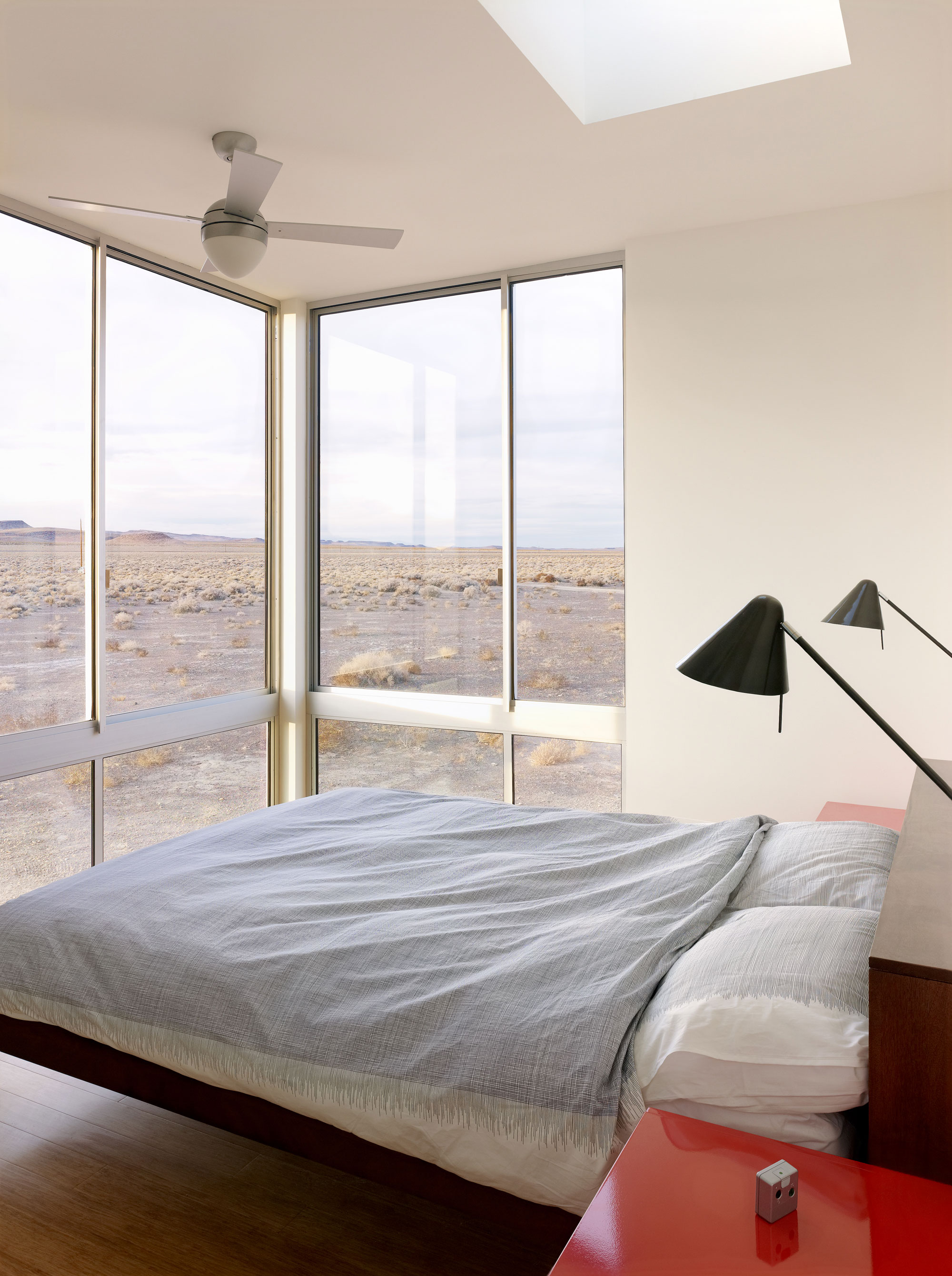
One of the house's three bedrooms
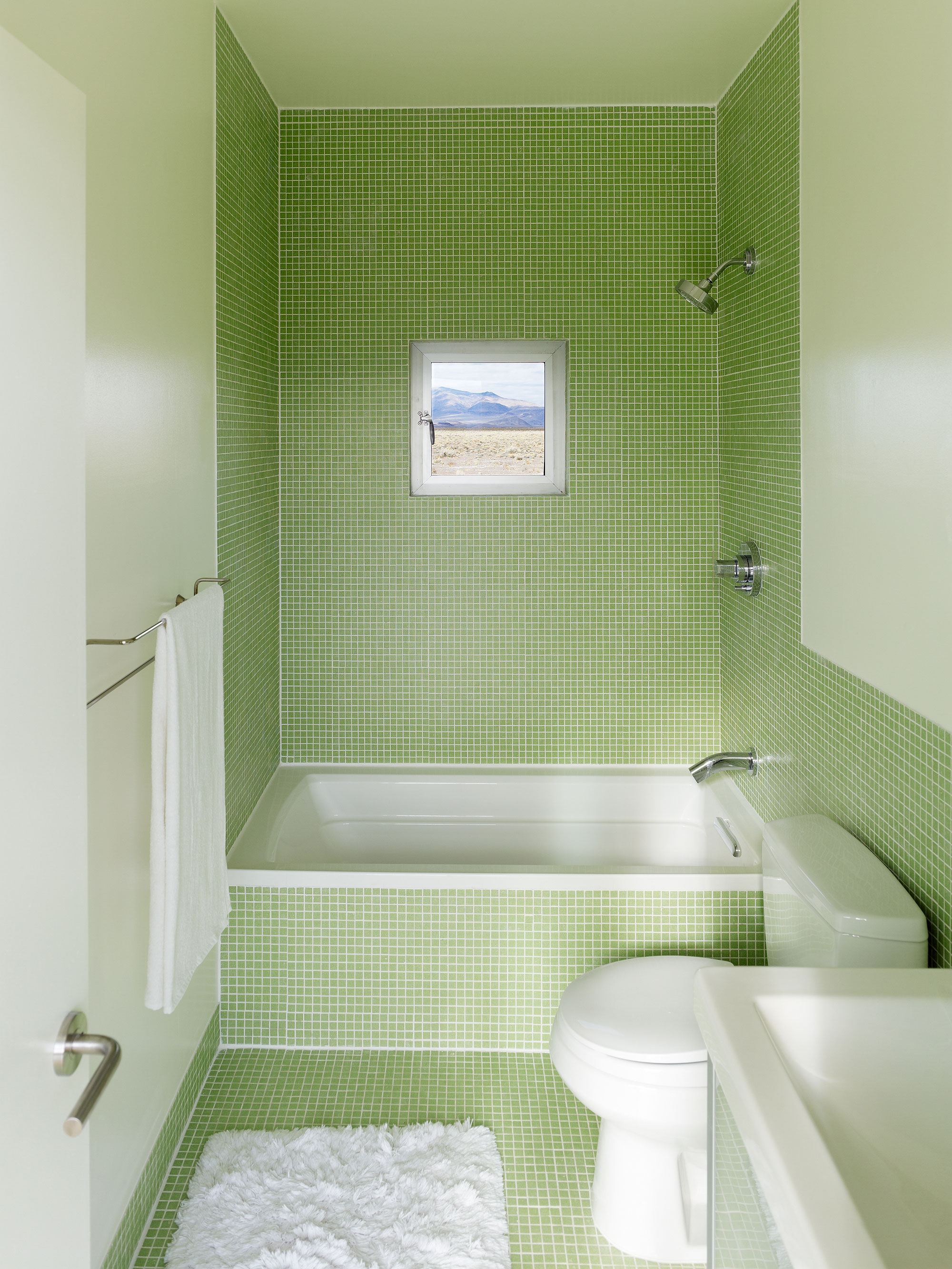
A small window in the bathroom frames the view
INFORMATION
For more information, visit the Nottoscale Architects website
Receive our daily digest of inspiration, escapism and design stories from around the world direct to your inbox.
Jonathan Bell has written for Wallpaper* magazine since 1999, covering everything from architecture and transport design to books, tech and graphic design. He is now the magazine’s Transport and Technology Editor. Jonathan has written and edited 15 books, including Concept Car Design, 21st Century House, and The New Modern House. He is also the host of Wallpaper’s first podcast.
-
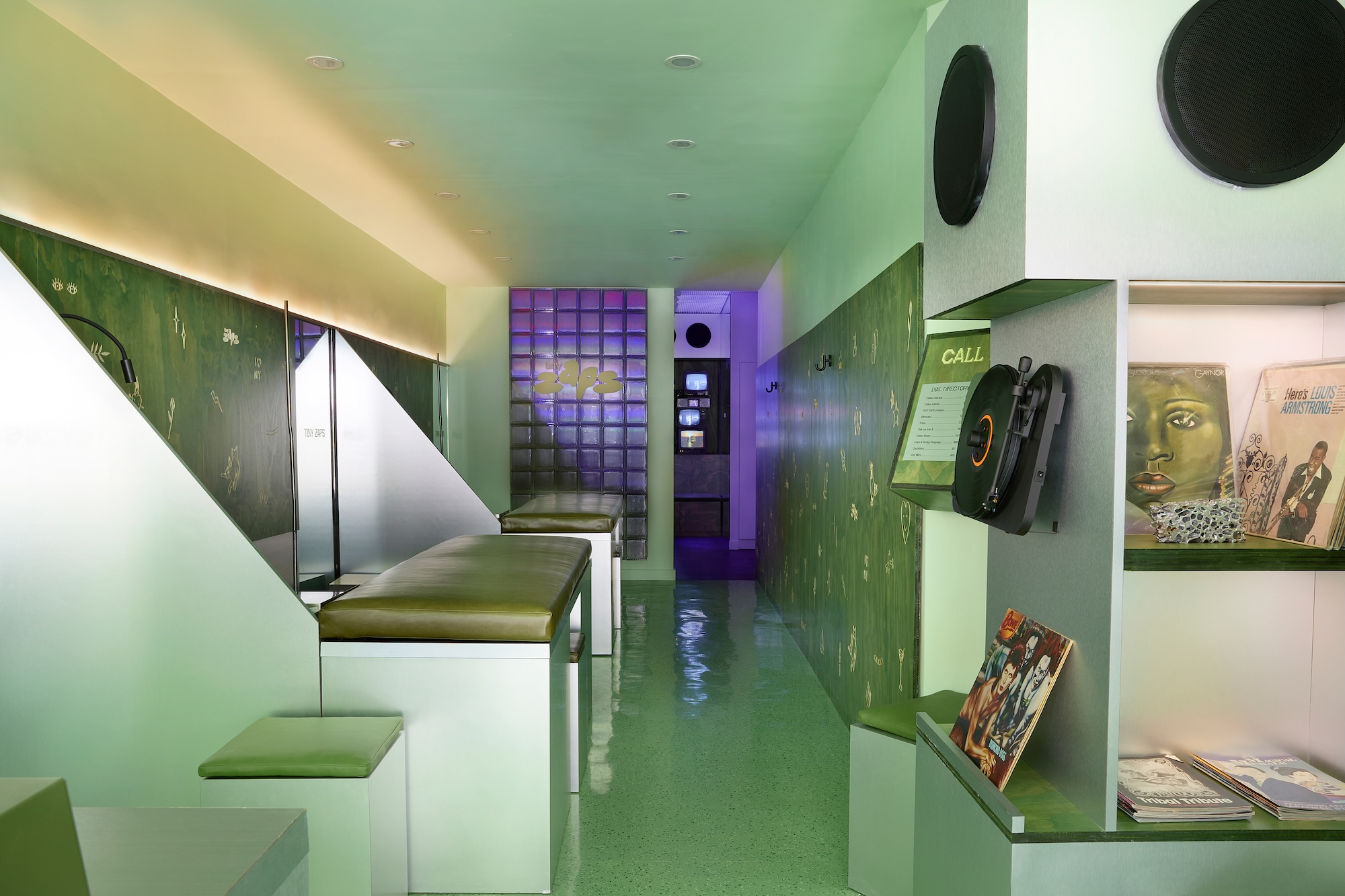 Terrified to get inked? This inviting Brooklyn tattoo parlour is for people who are 'a little bit nervous'
Terrified to get inked? This inviting Brooklyn tattoo parlour is for people who are 'a little bit nervous'With minty-green walls and an option to 'call mom', Tiny Zaps' Williamsburg location was designed to tame jitters
-
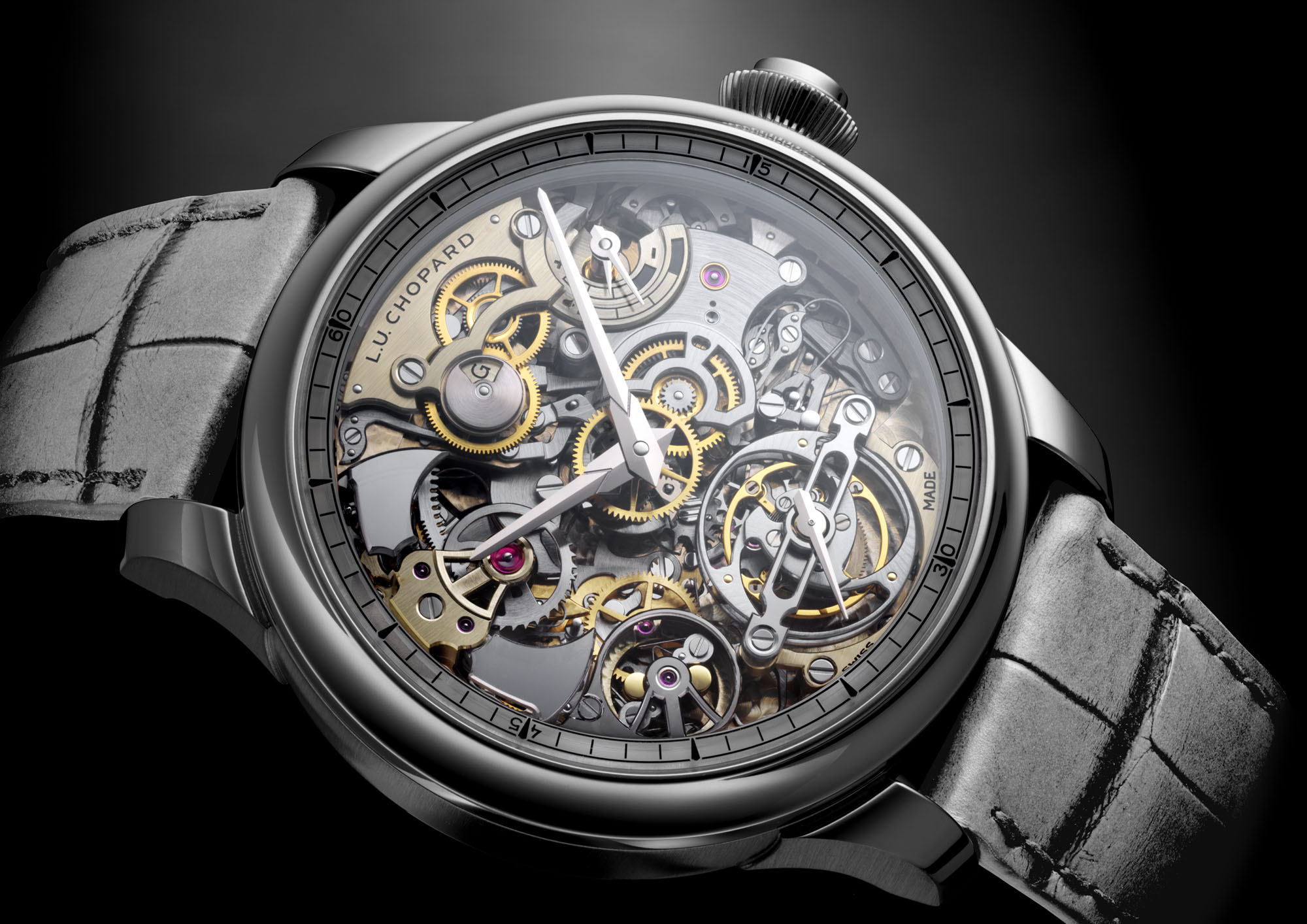 Let’s hear it for the Chopard L.U.C Grand Strike chiming watch
Let’s hear it for the Chopard L.U.C Grand Strike chiming watchThe Swiss watchmaker’s most complicated timepiece to date features an innovative approach to producing a crystal-clear sound
-
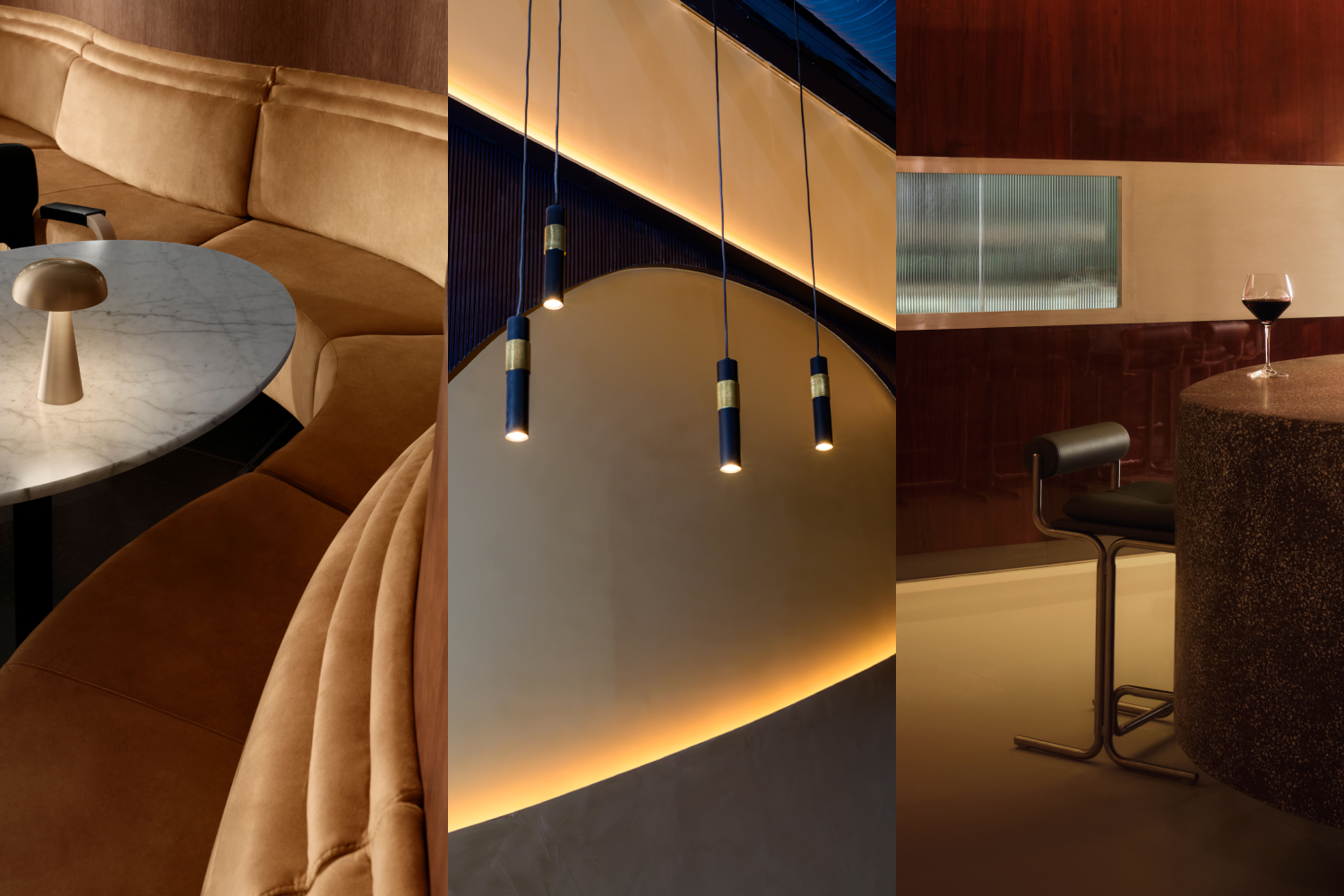 Form... and flavour? The best design-led restaurant debuts of 2025
Form... and flavour? The best design-led restaurant debuts of 2025A Wallpaper* edit of the restaurant interiors that shaped how we ate, gathered and lingered this year
-
 Step inside this resilient, river-facing cabin for a life with ‘less stuff’
Step inside this resilient, river-facing cabin for a life with ‘less stuff’A tough little cabin designed by architects Wittman Estes, with a big view of the Pacific Northwest's Wenatchee River, is the perfect cosy retreat
-
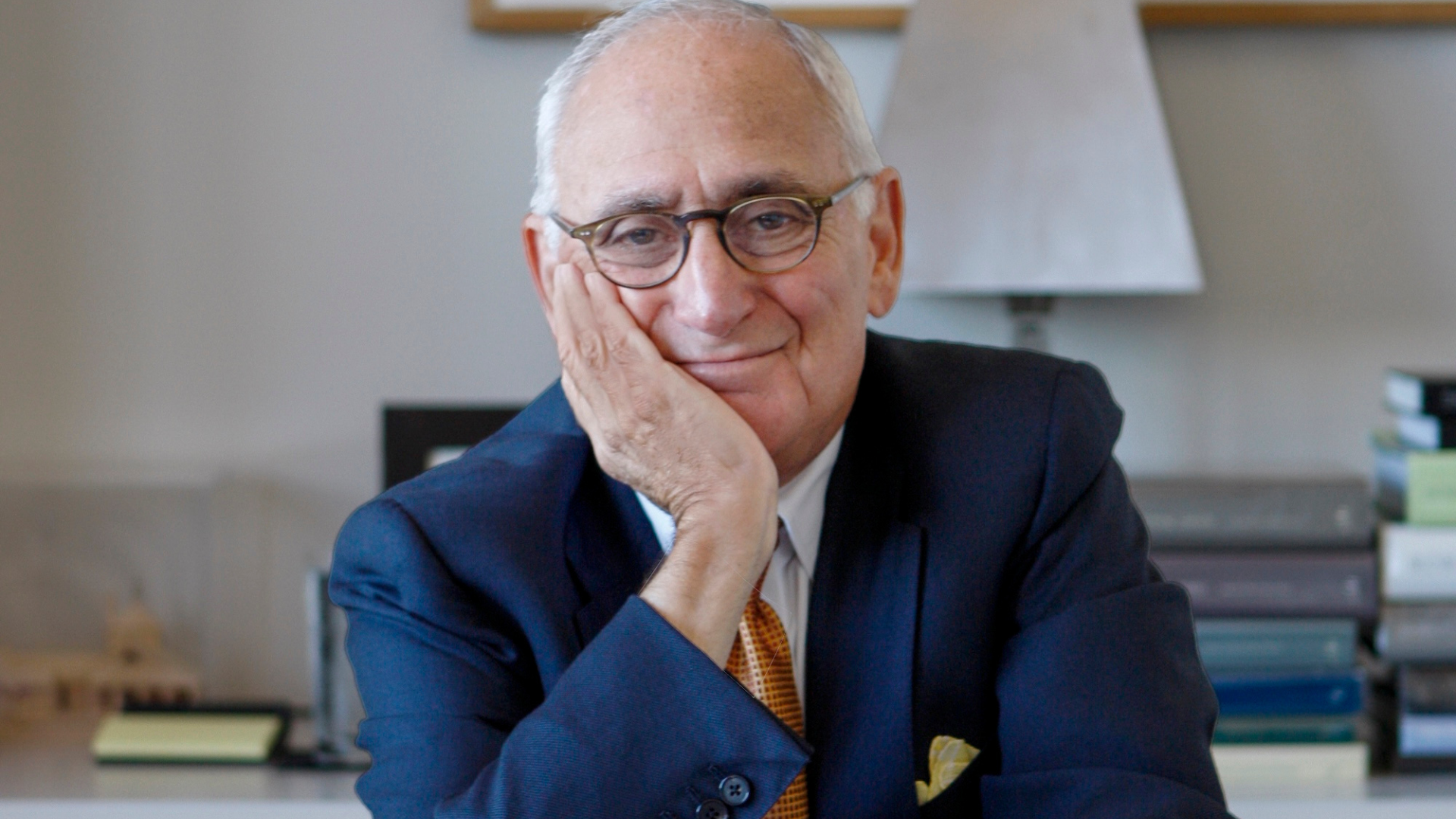 Remembering Robert A.M. Stern, an architect who discovered possibility in the past
Remembering Robert A.M. Stern, an architect who discovered possibility in the pastIt's easy to dismiss the late architect as a traditionalist. But Stern was, in fact, a design rebel whose buildings were as distinctly grand and buttoned-up as his chalk-striped suits
-
 Own an early John Lautner, perched in LA’s Echo Park hills
Own an early John Lautner, perched in LA’s Echo Park hillsThe restored and updated Jules Salkin Residence by John Lautner is a unique piece of Californian design heritage, an early private house by the Frank Lloyd Wright acolyte that points to his future iconic status
-
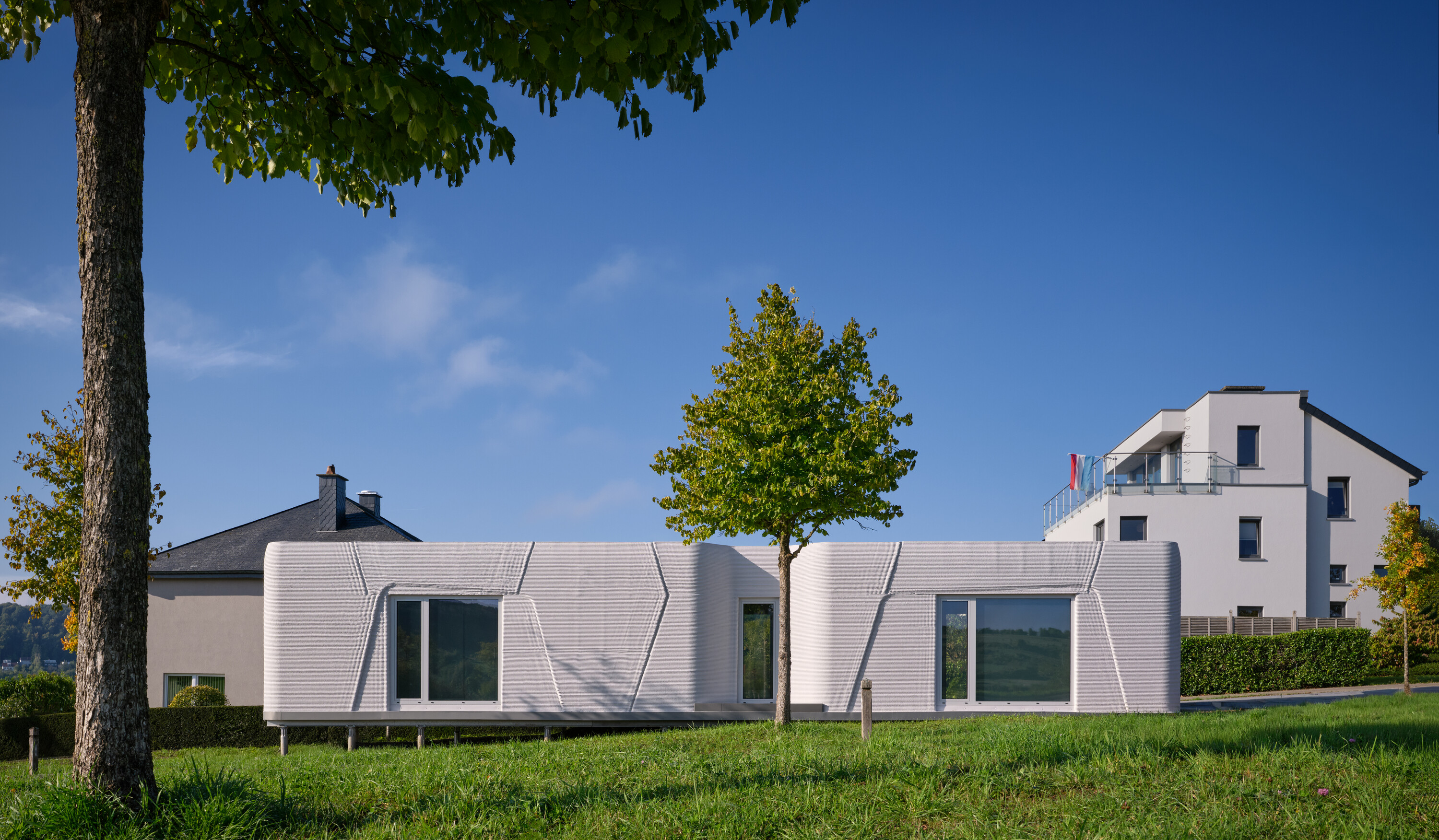 Could this 3D-printed dwelling solve Luxembourg’s housing crisis?
Could this 3D-printed dwelling solve Luxembourg’s housing crisis?With Tiny House Lux, ODA Architects showcases a functional, low-cost and sustainable home that serves as an important case study for the potential benefits of 3D-printed construction
-
 The Stahl House – an icon of mid-century modernism – is for sale in Los Angeles
The Stahl House – an icon of mid-century modernism – is for sale in Los AngelesAfter 65 years in the hands of the same family, the home, also known as Case Study House #22, has been listed for $25 million
-
 Houston's Ismaili Centre is the most dazzling new building in America. Here's a look inside
Houston's Ismaili Centre is the most dazzling new building in America. Here's a look insideLondon-based architect Farshid Moussavi designed a new building open to all – and in the process, has created a gleaming new monument
-
 Frank Lloyd Wright’s Fountainhead will be opened to the public for the first time
Frank Lloyd Wright’s Fountainhead will be opened to the public for the first timeThe home, a defining example of the architect’s vision for American design, has been acquired by the Mississippi Museum of Art, which will open it to the public, giving visitors the chance to experience Frank Lloyd Wright’s genius firsthand
-
 Clad in terracotta, these new Williamsburg homes blend loft living and an organic feel
Clad in terracotta, these new Williamsburg homes blend loft living and an organic feelThe Williamsburg homes inside 103 Grand Street, designed by Brooklyn-based architects Of Possible, bring together elegant interiors and dramatic outdoor space in a slick, stacked volume